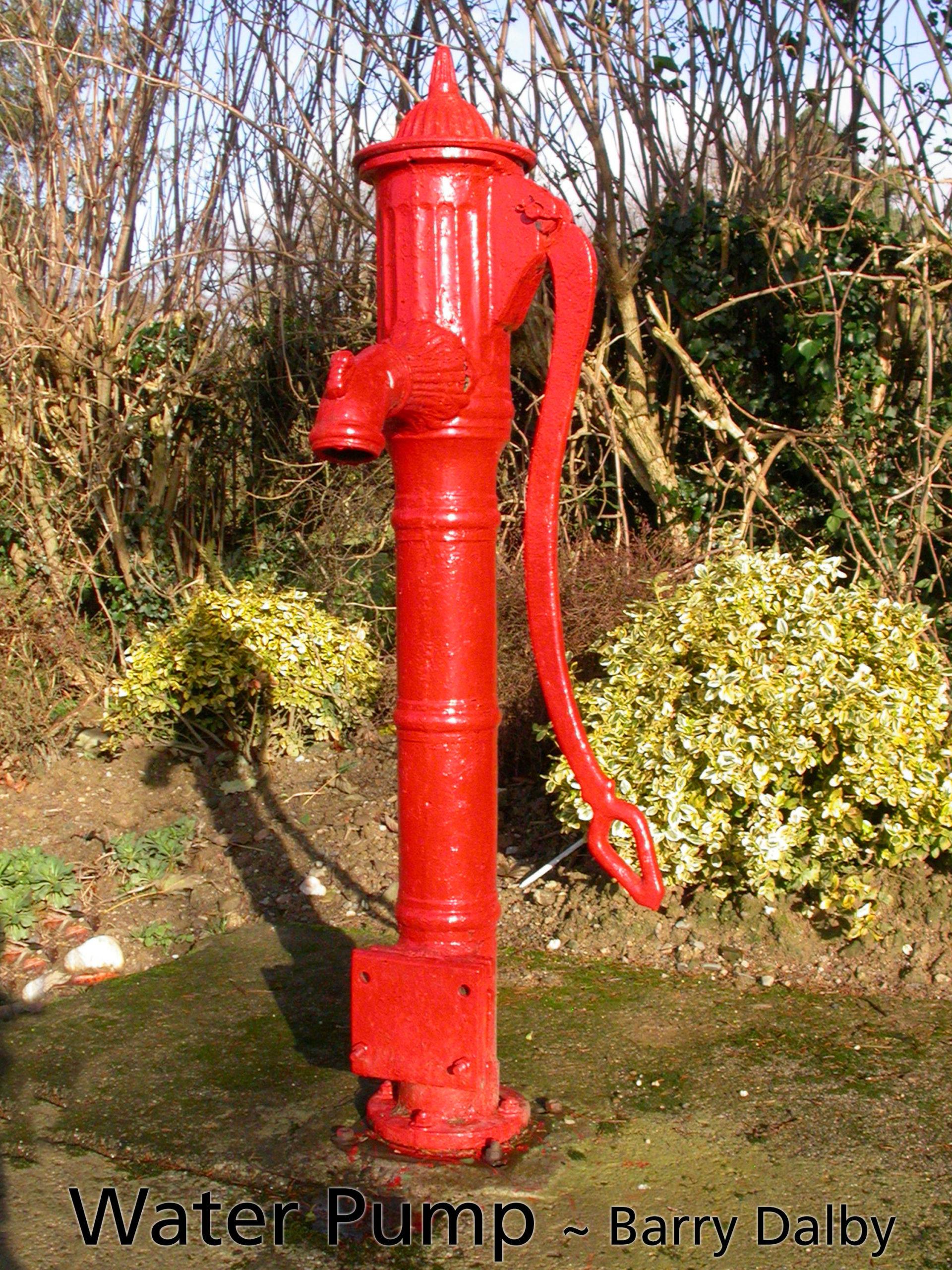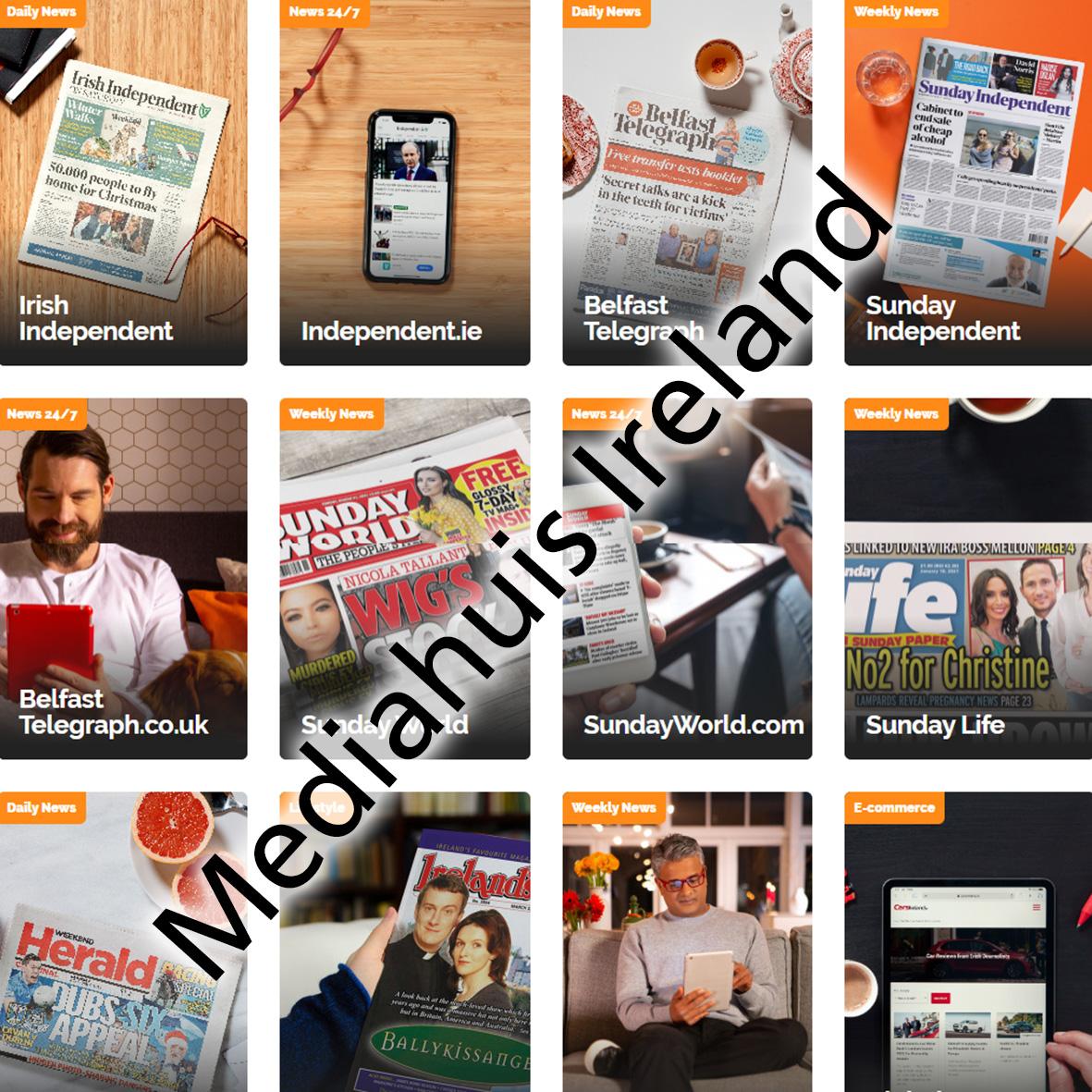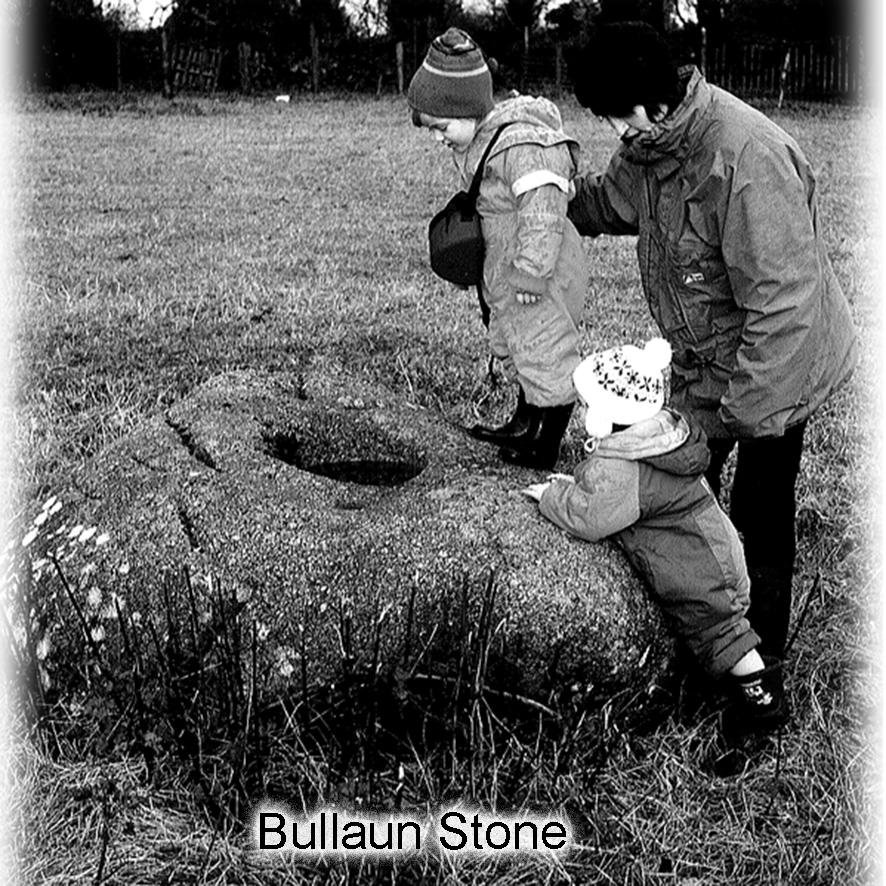Laminated v Polyart Maps
Maps to be used in outdoor environments ideally need to be flexible, tough and waterproof. They are used on both fair days and in foul weather. It’s quite a demanding specification.
Most of our current catalogue of maps come in a choice of standard paper folded sheets with a folded laminated or encapsulated option. The paper is good for indoor consultation, for planning routes. The laminated map as in our Dingle West 1:25000 sheet pictured here is better for outdoor use – however there are pros and cons. The extra bulk and stiffness lends itself better in taking measurements and compass bearings in windy weather. The extra bulk though also adds weight and is harder to fold. Whilst waterproof, repeated folding at the same places can result in cracks in the laminate. The choice of paper/ laminated offers good choice and value.
More recently we have published two maps on a polyethylene paper called Polyart, these are the Dingle Way 1:40000 sheet pictured here and a 1:25K map of Cooley. This material is lightweight, strong and being plastic will not absorb a drop of water. So it’s less bulky which is good for packing but harder to use in wild weather. Special sticky inks are used but since there is no absorbency, detail can flake/ wear off at folds. Polyart is an expensive paper to use.
If you’ve used maps in both materials, I’m interested in feedback as regards your preference. You may also have come across Polyart used in Harvey BMC maps.
Please note that the laminated version of our popular Galtee map is out of stock, however we have plenty of Galtee maps in standard paper folded. For Connemara Mountains, the situation is reversed – no paper folded but plenty of laminated. Both maps will be reprinted in coming months and back in normal stock in early 2024.
#eastwestmapping #outdoorsireland




